The Suzuki Swift is the only small hatchback available with four-wheel drive.
That makes it particularly attractive to Scottish buyers, who may not want an expensive and thirsty 4×4 but need something grippy to cope with our harsher winters.
Those who don’t need an all-wheel drive car will find the two-wheel drive version tested here is an entertaining and economical supermini.
Suzuki launched the fourth generation Swift earlier this year and I just spent a week driving it on the roads of Tayside and Fife.
The old car’s four-cylinder engine is gone, replaced by a three-cylinder, 1.2 litre mild hybrid unit.
It has the same power as the old car but is nearly 10% more efficient and, thanks to weight savings, does the 0-62mph dash almost a second faster.
That doesn’t mean you’re going to win any drag races. The two-wheel drive Swift does 0-62mph in 12 seconds with the heavier 4wd model taking another second to get there.
You don’t have to rev it hard to get the car’s power, however, and while it doesn’t exactly pin you back in your seat it makes quick enough progress.
Driving to Pitlochry
I took my Swift for a spin to Pitlochry to attend the Banff Mountain Film Festival. Heading out I drove the A90 from Dundee then the A9 from Perth.
The Swift is perfectly fine up to around 60mph but at 70mph on the A9 a shortage of sound insulation makes itself felt and I had to turn the radio up a couple of notches.
Fiendish roadworks made me vow not to take the same route back. A quicker and much more scenic route took me home past Loch of the Lowes and Loch of Clunie.
It was a glorious Saturday early evening and the gently dipping sun bathed the landscape in a golden hour glow.
This was much more the Suzuki Swift’s favoured territory. Its light weight and low stance make it one of the best-handling superminis since the much-missed Ford Fiesta.
It has sharp, accurate steering and responds quickly when you want to change direction. Ride quality is firm but forgiving of anything that isn’t a deep pothole or a large speed bump.
Around town is where the Suzuki Swift shines best, however. The lightweight steering and the car’s small size made it easy to zip around the streets of Coupar Angus, Dundee and St Andrews.
How much does the Suzuki Swift cost?
Prices for the Swift start at around £19,000 and max out around £21,500, excluding options.
That’s a little more than rivals such as the Renault Clio or Toyota Aygo X but Suzuki makes up for that with a generous standard equipment list.
All Swifts get adaptive cruise control, keyless entry, rear parking sensors, a reversing camera and heated seats. Adding all that to a Clio would cost more than £2,000.
I drove the top spec Ultra model, which adds 16in alloy wheels, automatic air conditioning, power folding rear mirrors and height-adjustable seatbelts for an extra £1,000. If it was my own money I’d spent that extra £1,000 on a nice holiday and go for the basic model.
You can choose the standard five-speed manual gearbox or spend an extra £1,250 on the CVT automatic transmission my test car came with.
All versions of the Swift have mild hybrid technology, which uses a small battery and a tiny electric motor. These can’t drive the car by themselves but they help make it more efficient.
Indeed, the Suzuki Swift’s economy figures are excellent. My automatic model had an official consumption of 60mpg and I had no trouble matching that figure over my week with the car.
The four-wheel drive system adds extra weight so if you go for that version you’ll be looking at mpg in the low-mid 50s.
That’s a trade off most buyers who need the reassurance of four-wheel drive will be willing to pay, I’m sure. Cleverly, these cars get an extra 25mm of ride height to give a touch more ground clearance in case you live up a farm track.
What’s this supermini like inside?
The Swift is an easy car to get comfortable in thanks to a steering wheel that adjusts for height and reach, and seats that are easy to find the right position in.
Space for rear passengers isn’t bad either. Legroom is reasonable and the car’s boxy shape means there’s loads of headroom.
You get a 265-litre boot and rear seatbacks that fold 60/40.
The cabin could be described as workmanlike rather than luxurious. You won’t find lots of expensive, plush-to-the-touch materials, but everything is well laid out and easy to use. Buttons for the heating, fan, and heated seats make them simple to operate while driving.
There’s also a 9in touchscreen that comes with smartphone mirroring.
I was impressed by the new Suzuki Swift. It’s economical to buy and run but comes with most of the standard kit you could want. It’s great around town, entertaining on country roads, and good enough on motorways.
Suzuki has an excellent record for reliability as well, so the Swift should be a car that offers years of trouble-free motoring.
Suzuki Swift review – facts:
Price: £21,549
0-62mph: 11.9 seconds
Top speed: 106mph
Economy: 60.1 mpg
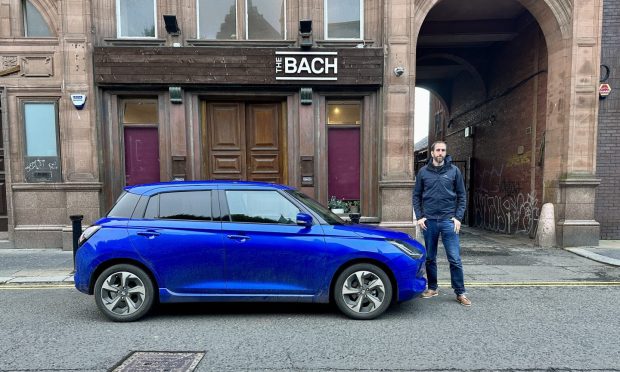
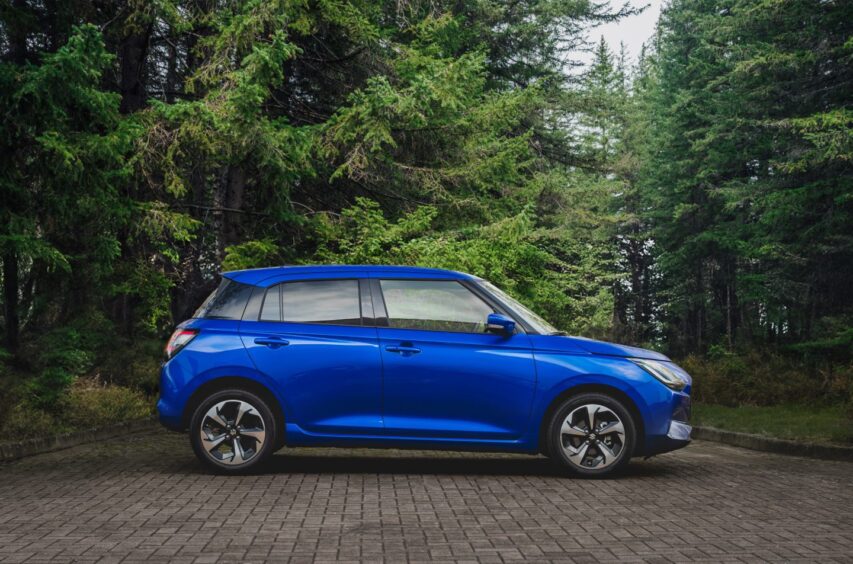
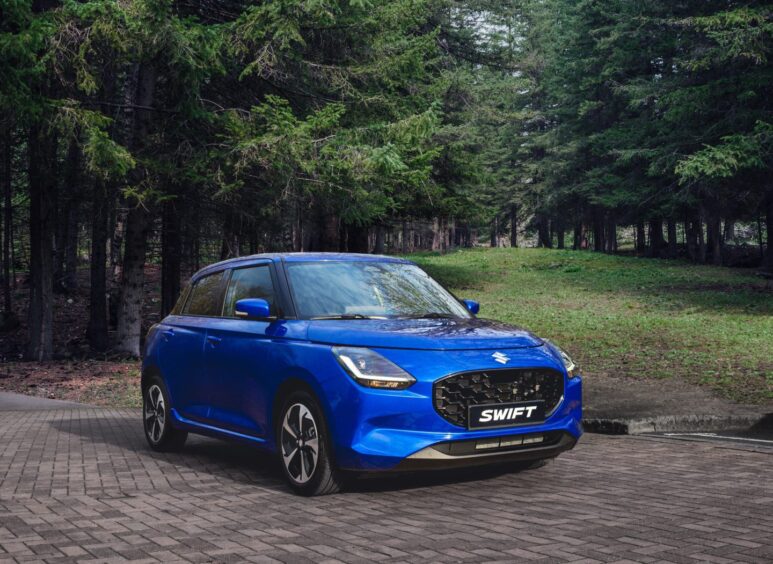
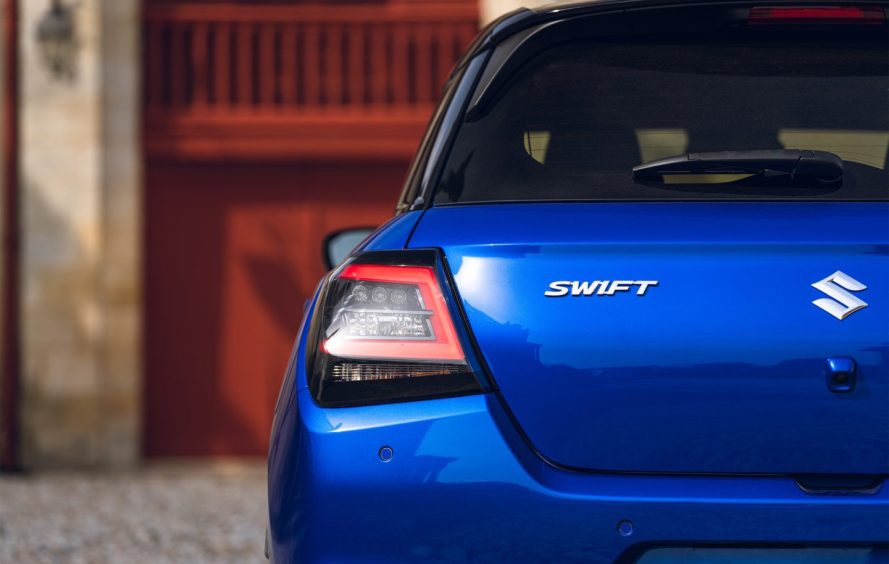
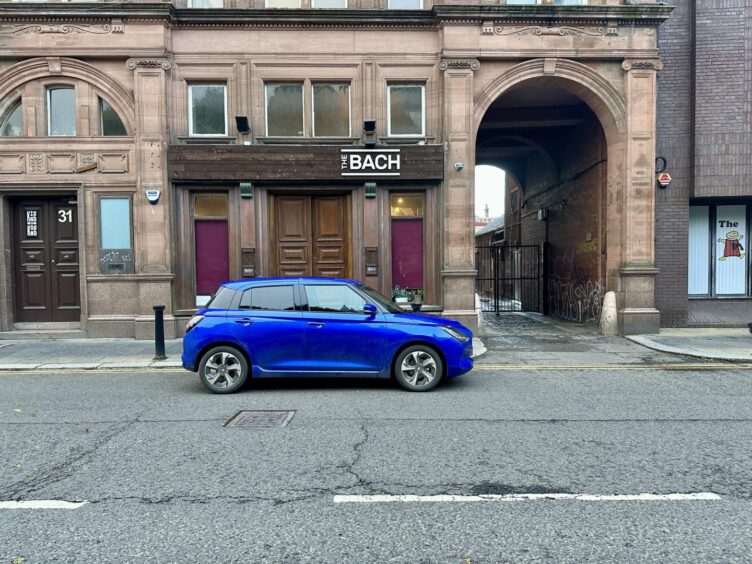
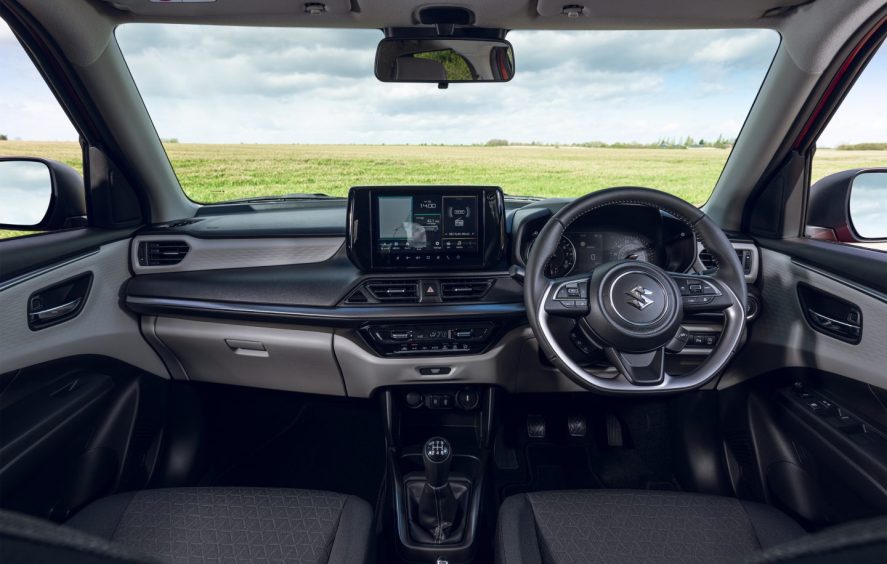
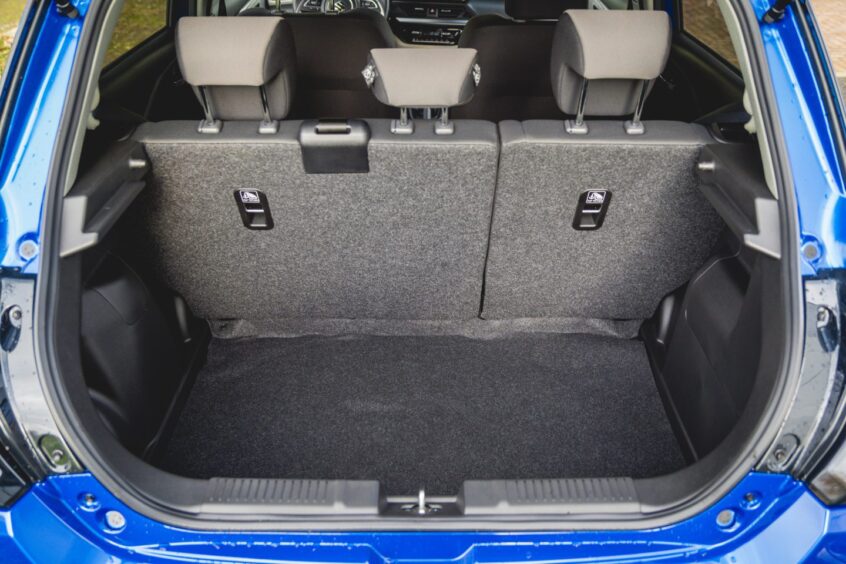
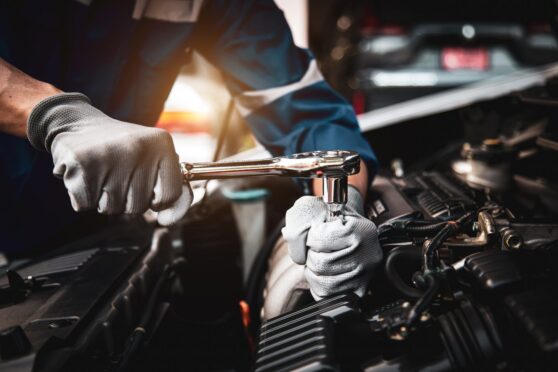
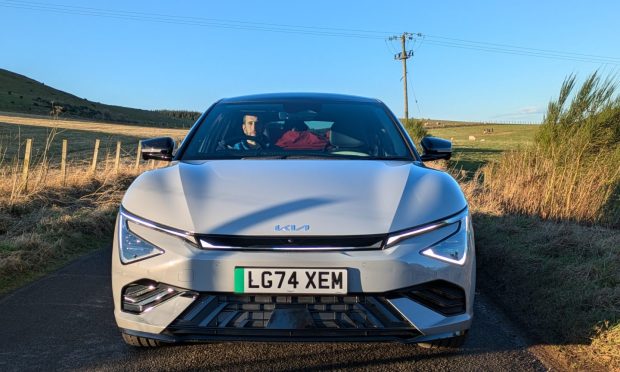
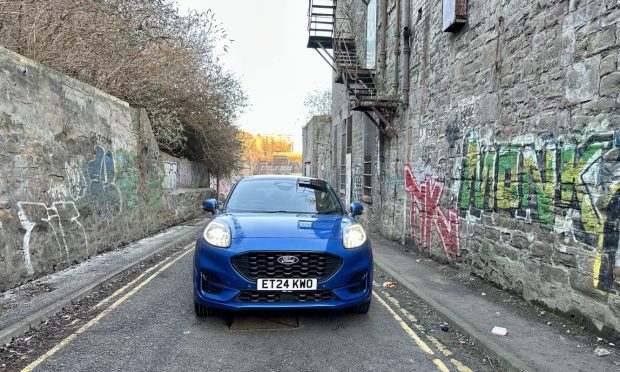
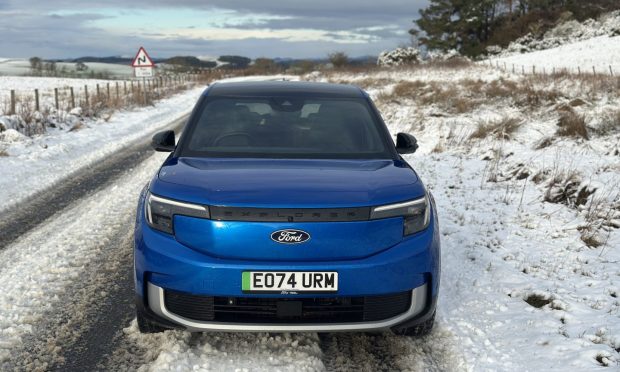

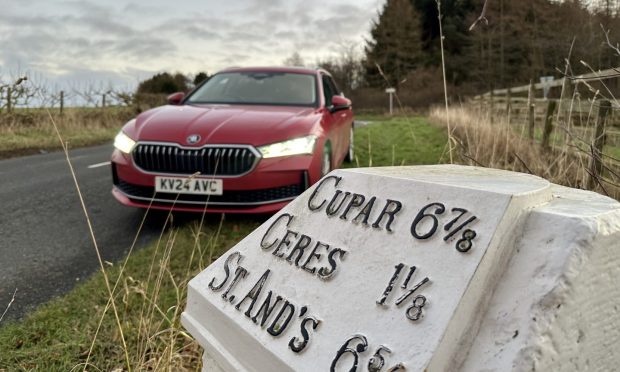
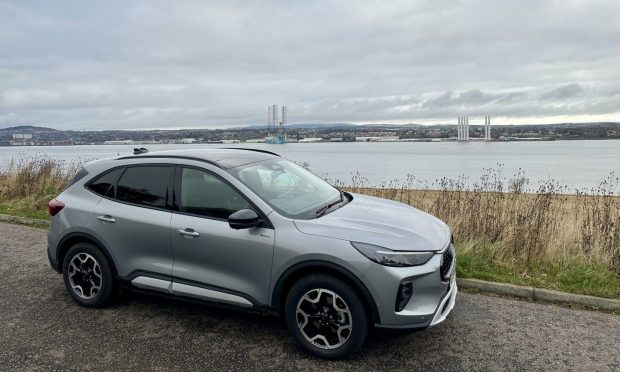
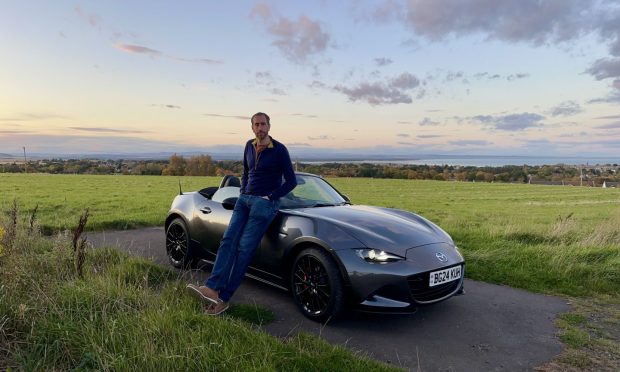
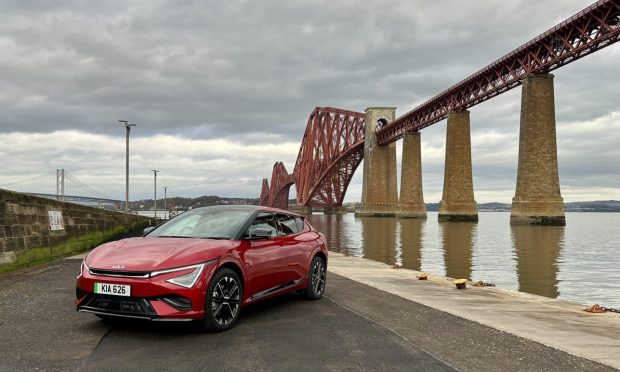
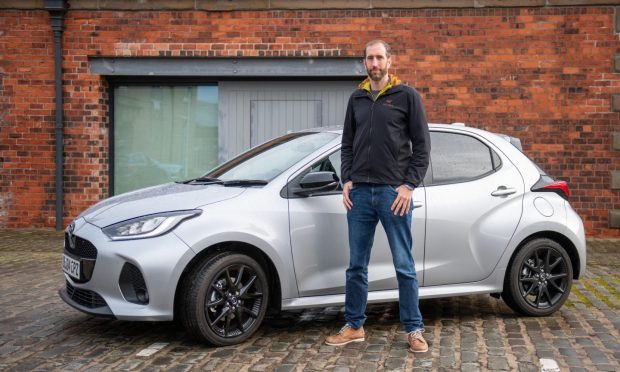
Conversation